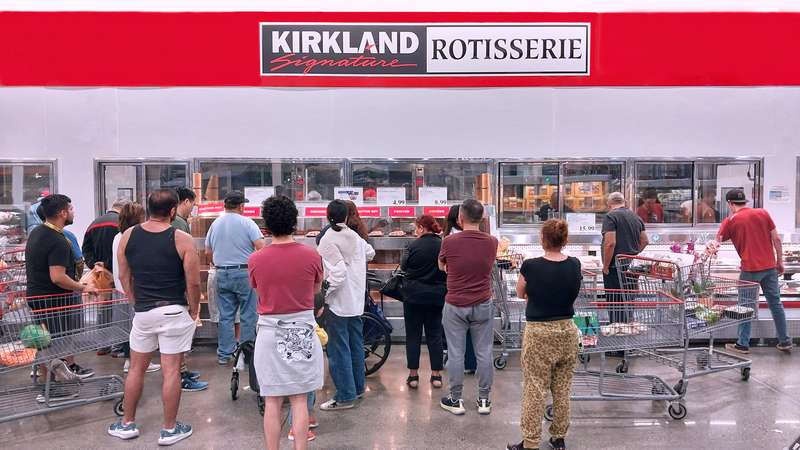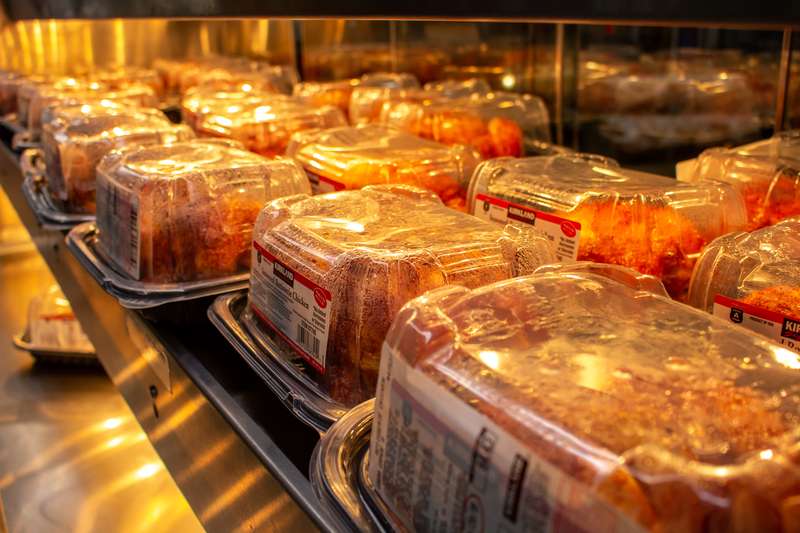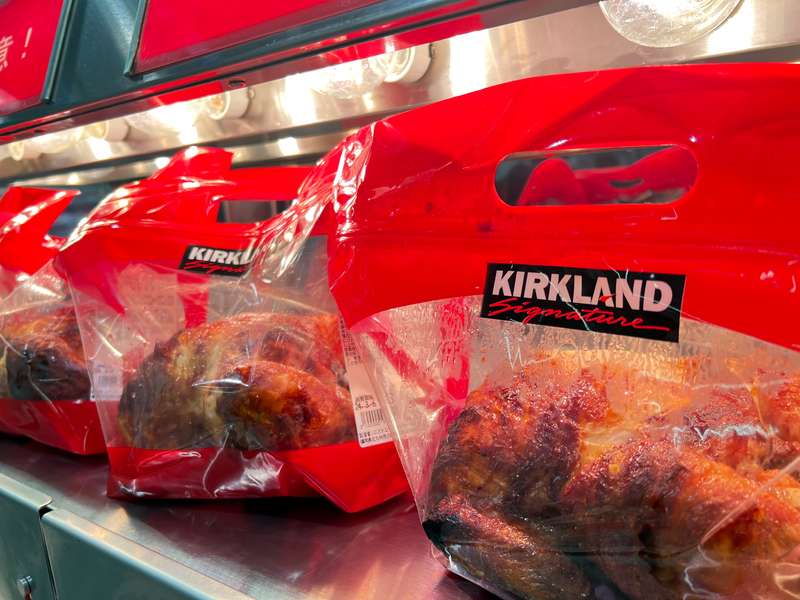In an era where prices seem to rise faster than a soufflé, one retail giant stands firm on its commitment to value. Since 2009, Costco’s rotisserie chicken has maintained its $4.99 price tag – a feat that costs the company an estimated $30-40 million annually in potential profits. But what’s the real story behind this legendary bird?
A strategic loss that keeps customers coming back

At $1.66 per pound, these three-pound birds represent more than just dinner – they’re a calculated business strategy. Positioned strategically at the back of the warehouse, these chickens draw members through aisles of higher-margin products.
The math is simple yet startling: if adjusted for inflation, these chickens should cost $8.31 in 2024. Instead, Costco maintains the same price point it established 15 years ago, making it one of retail’s most enduring deals.
Nebraska’s $450 million chicken operation
To maintain this price point, Costco made an unprecedented move in 2019. The company invested $450 million in a Nebraska facility that produces 2 million chickens weekly – enough to fulfill 43% of their rotisserie needs.
This vertical integration strategy saves approximately $0.35 per chicken. While the savings might seem modest, when multiplied by the staggering 137 million chickens sold in 2023, the numbers become significant.
Fresh means two hours max on the shelf

Quality control at Costco is notably strict. Each chicken gets just two hours on the warming shelf before being removed. This practice ensures optimal freshness but requires precise inventory management and frequent rotations throughout the day.
What happens to chickens that don’t sell within the time limit? They’re repurposed into other prepared foods, maintaining Costco’s commitment to reducing waste while ensuring quality.
New packaging sparks customer debate

In 2024, Costco introduced a significant change: replacing the iconic hard plastic containers with flexible bags. This switch eliminates over 4,000 metric tons of carbon dioxide emissions annually and removes 1,000 freight trucks from the road.
While some customers report challenges with the new packaging, including potential leaks, the environmental impact is substantial – the bags use 75% less plastic than their predecessors.
How does it compare to competitors
In blind taste tests, some find alternatives more appealing in terms of texture and taste. However, when factoring in the price point – typically $9-11 elsewhere – Costco’s offering remains unmatched in value.
The seasoning includes ingredients like sodium phosphate to maintain moisture, while some competitors opt for simpler spice blends. For many members, the consistent quality and unbeatable price outweigh these considerations.
As food costs continue to rise, Costco’s commitment to maintaining this price point becomes more remarkable. Whether this strategy remains sustainable in the face of increasing production costs remains to be seen, but for now, this $4.99 phenomenon continues to define value in modern retail.


